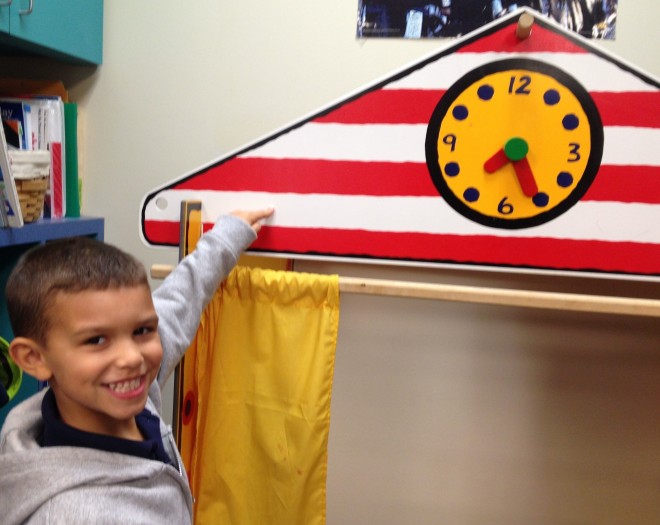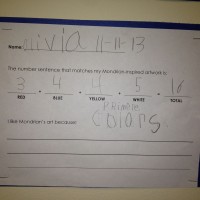Kindergarteners at All Saints’ Episcopal School recently donned their math goggles and engaged in a mathematics activity using the visual arts as a lens.
The children learned about the Dutch abstract artist, Piet Mondrian (1872-1944), and used his “Composition” series as a springboard to discussing the similarities and differences between squares and rectangles. Students also learned about horizontal and vertical lines and how these lines form shapes. Then, they embarked on a shape hunt, looking for these lines in their classroom.
After creating their own Mondrian-inspired masterpieces, the children counted the primary-colored regions in their art and recorded on a worksheet the number sentences represented by their colored regions. Students’ sense for art appreciation was built into this activity, as students also articulated why they liked Mondrian’s “Composition” works.
This integrated math-art lesson also featured a reading of Candace Whitman’s “Lines That Wiggle,” to set the stage for the activity, and Michael Hall’s “Perfect Square,” to remind students of the attributes of a square.
Kindergarten teachers then transformed a school hallway into a mathematical art gallery, showcasing their students’ artwork and mathematical thinking.









All Saints’ has a great group of math teachers and a supportive administration!